THE PROCESS
UBA Renewal Pathways consultations begin through a relational understanding. UBA does not have authority over any church and cannot make decisions for any church. Even if the association reaches out to a church about its well-being, it does so from a place of friendship and concern. Churches may seek the help of the association as well, relying on the fact that UBA desires every church to be a vibrant gospel-proclaiming body in the community again.
Our friends at the North American Mission Board initially authored some of the earliest-defined replant strategies, and UBA staff were invited into those rooms to be a part of that process and later to teach at NAMB Replanting labs. UBA bases its consultations, in part, on the NAMB Associational Replanting Guide.
Step 1: Exploration
The renewal process begins with opening conversation(s) between church leaders and UBA consultants. Consultants will spend a lot of time listening and asking questions.
In the end, consultants will explain the rest of the process, including what UBA will do and explicitly what UBA will not do. The church votes to work with UBA on at least the next two steps of the process, and another vote is required before proceeding any further.
Step 2: Examination
This step determines the current reality of the church including a review of congregational dynamics, statistical analysis of finances and attendance patterns, state of the facilities, community demographic research, and baptism/attendance trends for the church over the course of its history.
UBA consultants work with leaders of the congregation to gather these and any other relevant points of data.
Step 3: Presentation & Recommedation
Having gathered the data, UBA consultants present the findings to the leaders of the church and then the entire congregation, along with one or two recommendations. The recommendation will be customized to the congregation, but will likely include some form of the following:
Church replant
In this scenario, the existing church births a new congregation in place of the old. The process includes rewriting the bylaws, calling an assessed and qualified replant pastor, and launching as a new congregation. This option may include a new church name. It also may include a transition period when particular decision-making is turned over to a leadership team, usually consisting of people from UBA or partner churches.
Merge with an existing church (Campus/Network Model)
In this scenario, the church in need becomes part of an existing church as a campus or network church. The struggling church will surrender decision-making and assets over to the existing church and will accept new leadership.
Merge with a church plant (Marriage Model)
In this scenario, the struggling church becomes part of a new church plant. The struggling church will sign the deed of property and assets over to the church plant and will accept their leadership in all areas.
Revitalization
This is a much longer-term option but is useful when there is effective leadership in place at the struggling church. Revitalizations typically take five or more years, and UBA offers coaching, consulting, and relationships to partner churches if this scenario is deemed credible.
Close and gift property and other assets
In this scenario, the existing church closes and gifts its property to the denomination, association, an existing church in the area, or a church plant. This is a last-resort option, especially when there are viable facilities in hard-to-reach communities. Read more here.
Step 4: affirmation
The church will hear a presentation and be offered the chance to vote on its implementation after a series of town hall or other meetings held to ensure the congregation has the information they need to make a decision.
In some cases, this step is very brief and in others, it requires a few weeks. In every case, it is still the church’s decision about whether or not to proceed.
Step 5: implementation
This is the real work of the process. Depending on the recommendation, this phase can take several months and may involve calling a qualified replant pastor, addressing facility needs, rewriting bylaws, updating membership rolls, etc.
This stage depends on experienced UBA consultants walking alongside the church because it will feel like there are 10 fires to put out simultaneously when in reality a proper process will make the transition easier.
Step 6: Sending Pathways
We want to see a city full of churches that cooperatively produce their own sent-out ones for an array of Great Commission tasks. We believe that churches plant churches, and replanted churches replant churches.
As the congregation moves forward and regains health and vitality, we encourage the newly replanted church to continue the renewal work in other contexts. This may mean sending people to other replants, supporting the work at a church beginning the process of replanting, or telling the story of God’s work in and through their church as they prayerfully walked through the process of being replanted.
At a minimum, it means calling out those who are feeling led to be on mission for the Great Commission and seeing sending as part of being healthy. This is how Houston (and beyond) reaches gospel saturation.






















How can you look up from the needs and ministries of your local church to strategically identify, equip, send, and support people for ministry? Sending Pathways helps you do just that!